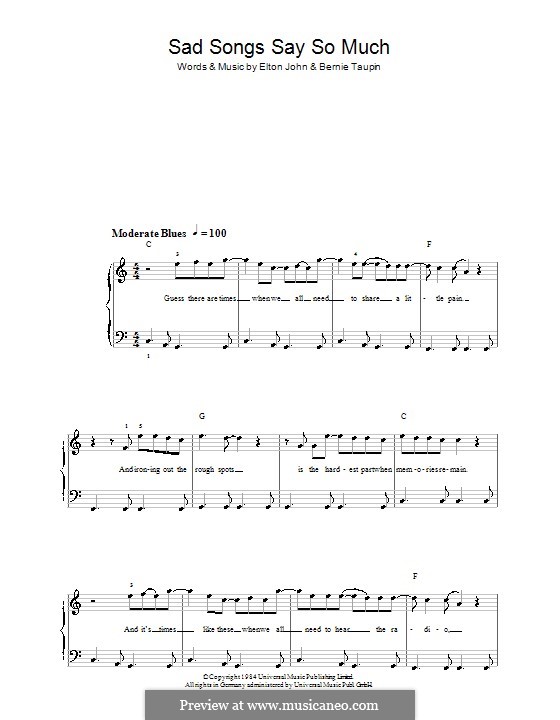


In such two-dimensional (two-axis) affective models, sadness is generally located in the third quadrant, in the same position as displeasure and deactivation emotions ( Russell, 2003).Īlthough sadness is generally understood as negative and unpleasant in the psychology of emotion, sadness in the field of artistic appreciation may have different features or may be perceived differently. According to Russell and Feldman-Barrett (1999), emotions, including happiness, sadness, anger, fear, disgust, and surprise, can be mapped along several dimensions, such as pleasant–unpleasant and activation–deactivation. This model suggests that emotion is a mixture of two dimensions, and various emotions can be located in a two-dimensional space with respect to coordinates of valence and arousal ( Lang, 1995) or positive activation and negative activation ( Watson and Tellegen, 1985). The dimensional model of emotion is one of the current models of emotion and is a circumplex model ( Russell, 1980). In the field of emotional psychology, sadness is considered to be an affective state with negative valence. Although this contradiction has increasingly captured the attention of psychologists in recent years, few studies have investigated the issue empirically ( Schubert, 1996 Garrido and Schubert, 2011 Huron, 2011 Vuoskoski et al., 2012). Musicologists have been puzzled by this contradiction ( Levinson, 1997), which has also been discussed in the field of philosophy. However, people sometimes “lose themselves” in the beautiful sounds of sad music and even enjoy listening to it. For instance, people hope to avoid misfortunes, such as the death of a loved one. Why do we listen to sad music? Sad music induces sadness in listeners, and sadness is normally considered an unpleasant emotion that people wish to avoid. After considering the possible reasons that listeners were induced to experience emotional ambivalence by the sad music, we concluded that the formulation of a new model would be essential for examining the emotions induced by music and that this new model must entertain the possibility that what we experience when listening to music is vicarious emotion. Thus, the participants experienced ambivalent emotions when they listened to the sad music. The results revealed that the sad music was perceived to be more tragic, whereas the actual experiences of the participants listening to the sad music induced them to feel more romantic, more blithe, and less tragic emotions than they actually perceived with respect to the same music. A total of 44 participants listened to musical excerpts and provided data on perceived and felt emotions by rating 62 descriptive words or phrases related to emotions on a scale that ranged from 0 (not at all) to 4 (very much). We hypothesized that felt and perceived emotion may not actually coincide in this respect: sad music would be perceived as sad, but the experience of listening to sad music would evoke positive emotions. This suggestion may appear to be counterintuitive however, in this study, by dividing musical emotion into perceived emotion and felt emotion, we investigated this potential emotional response to music. One possible answer to this question is that we may actually feel positive emotions when we listen to sad music. As a result, the question arises as to why we listen to sad music if it evokes sadness. In general, sad music is thought to cause us to experience sadness, which is considered an unpleasant emotion. 5Cognitive and Behavioral Sciences, Graduate School of Arts and Sciences, The University of Tokyo, Tokyo, Japan.4Center for Evolutionary Cognitive Sciences, The University of Tokyo, Tokyo, Japan.3OKANOYA Emotional Information Project, ERATO, JST, Tokyo, Japan.2Emotional Information Joint Research Laboratory, RIKEN BSI, Wako-shi, Saitama, Japan.1School of Fine Arts, Tokyo University of the Arts, Tokyo, Japan.Ai Kawakami 1,2,3, Kiyoshi Furukawa 1,3, Kentaro Katahira 2,3,4 and Kazuo Okanoya 2,3,5*


 0 kommentar(er)
0 kommentar(er)
